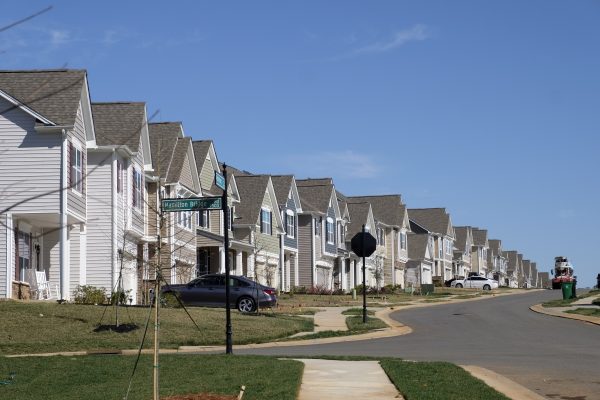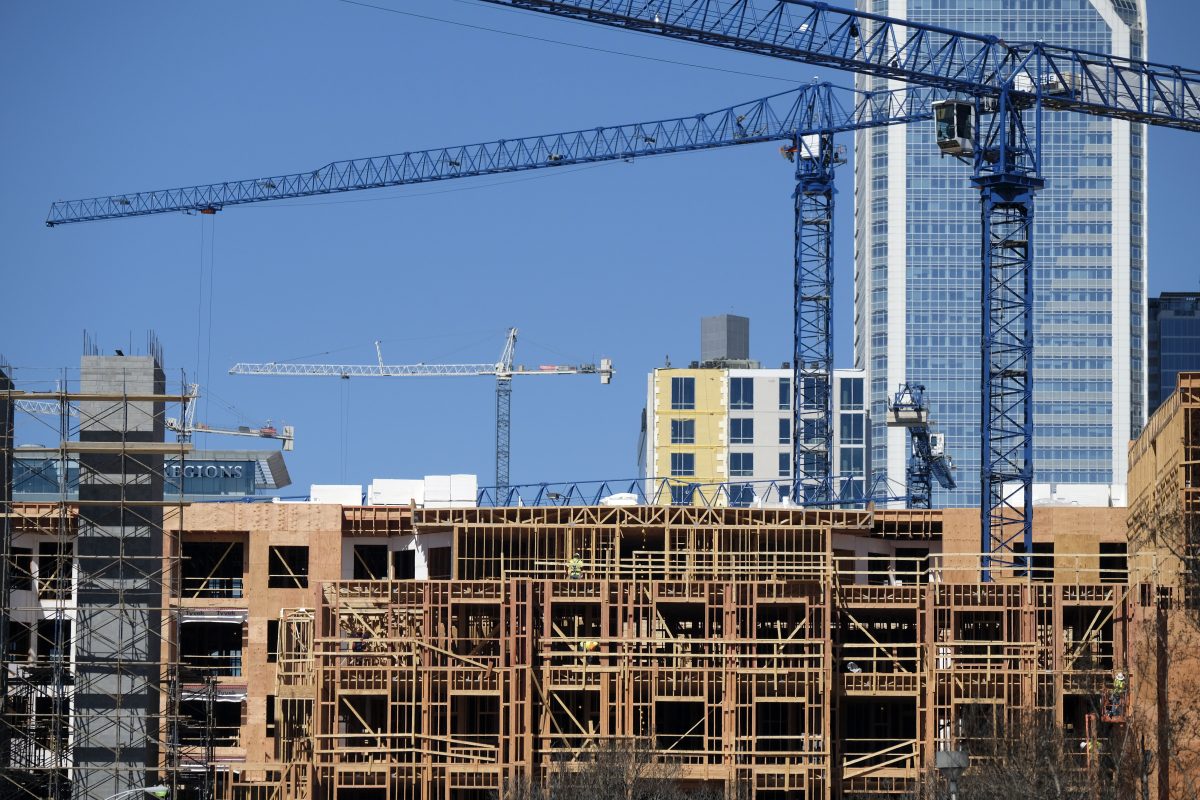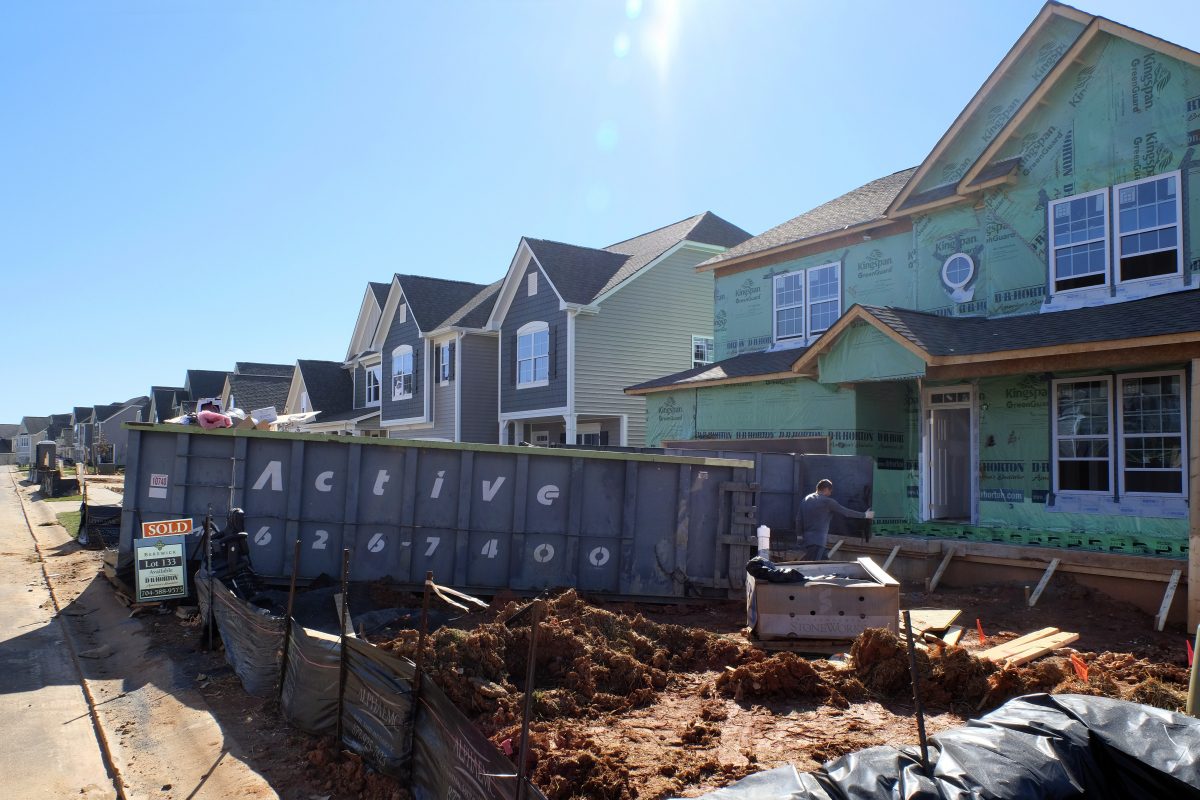Is the future of cities in the suburbs?

Density, transit, auto-free living and urban redevelopment are popular topics right now, as many US cities – including Charlotte – continue to boom, luring new residents and coveted millennials by the tens of thousands.
But the future of development might still be in the suburbs, according to Joel Kotkin. A fellow in urban futures at Chapman University in Orange, Calif., Kotkin advised Charlotte to look away from the darlings of urbanism, like Portland and New York City, and instead emulate the more laissez faire development policies embraced by cities like Houston.
“Really, the question is which suburbs attract millennials and which don’t,” said Kotkin, speaking Wednesday at the Charlotte Housing Policy Summitt hosted by the Childress Klein Center for Real Estate at UNC Charlotte.
Kotkin is an opponent of “smart growth” policies, urban growth boundaries and other regulations that might restrict the housing supply. He’s also a skeptic of public transit, pointing to declining ridership statistics in almost all major US cities.
His basic premise: Millennials aren’t much different from previous generations, and most want to move to the suburbs and have kids – about the same share as Baby Boomers, according to surveys. About three-quarters of millennial population growth has taken place outside of urban cores, despite the focus on reviving downtowns and rundown neighborhoods. Thus, while cities are growing, suburbs are growing faster – and market forces will keep propelling that, as people seek out housing they can afford with a family.

High-end apartments under construction at the Savoy in uptown Charlotte. Photo: Nancy Pierce.
“There’s a lot of attempts in the planning community to stop this,” said Kotkin, pointing to Census data showing net migration to suburban counties has outpaced that to urban core counties since 2011. “The action is America is largely suburban. Sorry, all the planning professors can jump off the roof, but that’s the way it is.”
His solution: “Smart sprawl,” or encouraging the development of multiple smaller, mixed-use nodes outside of urban cores with housing, offices, retail, trails and other amenities clustered together.
“I think we’re going to see more decentralization,” said Kotkin. “The future is going to be polycentric…Each one of those little areas is going to compete with other little areas.”
The Charlotte Observer reported last week that population in six of the eight immediately surrounding counties grew faster than Mecklenburg from 2017 to 2018, according to the latest Census estimates. York and Lancaster in South Carolina grew the fastest, with a 3 percent growth rate that was double Mecklenburg’s 1.5 percent.
And developers have been busy around Charlotte’s periphery, building more “edge cities” like Ballantyne and major mixed-use developments like the planned River District west of the airport and Rea Farms at Interstate 485 and Providence Road.
But Kotkin’s views drew skepticism from some audience members and other panel participants, especially his opposition to new rail transit in favor of emerging technologies like autonomous vehicles. The forum was held a few hundred yards from the $1.2 billion Blue Line extension, and a real estate broker pointed out that many of her young clients are asking for properties specifically along the light rail. The Charlotte Area Transit System estimates that the line’s northern and southern ends have drawn about $3.5 billion worth of new development, including thousands of new apartments, office towers, restaurants and breweries.

Construction at Berewick. Photo: Nancy Pierce.
Nick Masino, an economic developer with Partnership Gwinnett, outside Atlanta, said voters’ recent decision to reject a major expansion of the MARTA transit system was a major mistake. Masino said transit and connections between communities are essential to growth. To the argument that governments have to subsidize transit to offset operating losses, Masino replied, “Well, government has to offset every road.”
“Everywhere you can, connect,” said Masino.
Since the Blue Line extension opened in March 2018, ridership numbers for the full line have remained below projections of 38,300 riders on an average weekday. In February, the last full month of data available, the Blue Line averaged just over 27,500 weekday riders.
“If transit was wildly popular, its numbers wouldn’t be going down,” Kotkin said. “You can hold onto your theories. Maybe you have your little piece of the action where it works.”
Dave Foster, a principal of Community Solutions, said giving people the option to add density can have positive societal impacts that go beyond real estate prices. He pointed to Fayetteville, Ark., which recently changed its codes to allow accessory dwelling units as a by-right development option for property owners. Letting people build more housing on their property for aging relatives and others can allow a return to multigenerational living that was once common, Foster said.
“That was one of the ways they addressed housing and bringing in this density,” said Foster. “You get some benefits around both senior care and childcare. I think it’s one of the more exciting things we’re seeing around the country.”